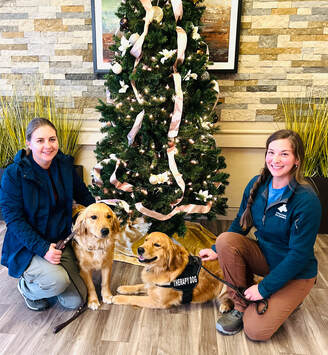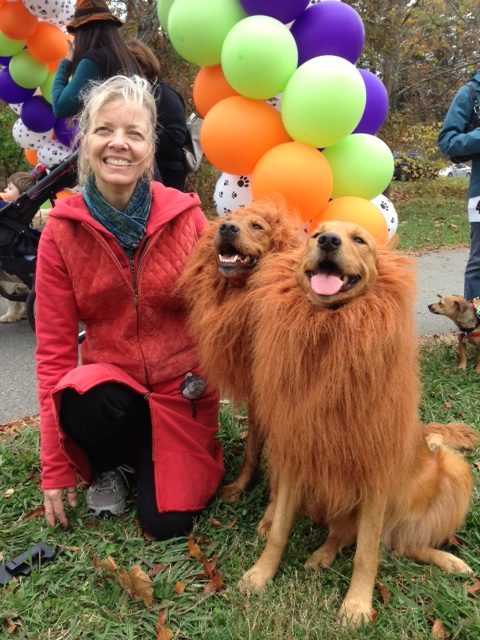Understanding Canine Body Movement Throughout Dog Training
Understanding Canine Body Movement Throughout Dog Training
Blog Article
Essential Tips for Successful Dog Training: A Guide for Animal Owners
Efficient pet dog training is a complex procedure that requires a strategic method tailored to both the animal's character and the owner's goals. Key components such as developing consistent commands, using favorable reinforcement, and facilitating very early socialization play vital functions in promoting a well-adjusted canine buddy. Several pet dog proprietors experience challenges that can hinder progression, leading to stress and unpredictability. Comprehending how to navigate these barriers can substantially improve the training experience, ultimately changing the connection between proprietor and canine. What are the crucial approaches that can be used to guarantee success in this endeavor?
Recognizing Dog Actions
Comprehending pet habits is crucial for efficient training and cultivating a harmonious partnership between dogs and their proprietors. Canines connect mainly with body movement, vocalizations, and activities, making it important for owners to translate these signals properly. Acknowledging a dog's pose, tail placement, and ear alignment can offer understandings right into its emotional state. As an example, a wagging tail does not constantly indicate happiness; it can additionally signify excitement or stress and anxiety.

Socializing plays a substantial duty in pet dog habits; direct exposure to different environments, people, and various other animals can dramatically impact a pet dog's personality. Elements such as type attributes and private temperament need to assist training methods, as some types may have details behavior traits that necessitate customized techniques. By understanding these components, owners can develop a helpful environment that motivates positive habits, leading to effective training outcomes and a much deeper bond with their pets.
Developing Consistent Commands
Efficient communication with your pet dog starts with establishing regular commands. This foundational component of training is essential for cultivating understanding between you and your animal. Consistency in the commands you make use of guarantees that your pet can dependably link specific words or phrases with the wanted behaviors.
When choosing commands, pick clear, distinct words that are simple to claim and distinguish from each other. Stay clear of using similar-sounding commands that may puzzle your pet. For example, utilizing "rest" and "remain" is suitable, but "sit" and "hit" might cause misunderstandings.
Furthermore, preserve the very same tone and quantity for each command. Canines are sensitive to singing signs, so differing your tone can develop complication.
It is equally important to ensure that all relative are on the same web page pertaining to the commands utilized. A united front in command usage will certainly stop blended signals and reinforce the understanding process.
Positive Support Methods
The power of favorable support in dog training hinges on its capability to encourage wanted habits through rewards and appreciation. This method is based in the concept that habits followed by desirable results are more most likely to be repeated. By including positive support into your training routine, you can efficiently form your canine's actions in a useful fashion.
To execute favorable reinforcement, it's necessary to determine what encourages your canine, whether it be deals with, toys, or verbal appreciation. When your pet does a preferred action, such as resting on command, immediately reward them with a reward or love. This association in between the command and the favorable result reinforces their understanding.
It's essential to timing the incentives correctly; providing the support within secs of the desired habits aids your canine make the connection (dog training). In addition, consistency is essential-- make certain that all member of the family use the exact same commands and incentive systems to stay clear of confusion

Progressively, you can reduce the frequency of treats as your pet dog finds out the actions, transitioning to praise or intermittent benefits. This technique not just cultivates a solid bond in between you and your dog but likewise promotes a positive discovering setting, making educating an enjoyable experience for both.
Socialization and Interaction
Regularly subjecting your canine to a range of atmospheres, individuals, and other pets is crucial for their social development. Socialization should begin early, ideally throughout the critical home window of 3 to 14 weeks, when pups are most responsive to brand-new experiences. Nonetheless, older pet dogs can likewise take advantage of continuous socialization efforts.
Present your canine to different settings, such as parks, pet-friendly shops, and urban areas. This exposure aids them adjust to different stimulations, decreasing anxiousness and fear reactions. Urge favorable interactions with other pets and individuals, making sure that these encounters are controlled and safe to cultivate self-confidence.
Use structured playdates with genteel pet dogs, as this can enhance your pet dog's social skills and educate them suitable actions. Obedience classes and training sessions additionally supply excellent chances for socialization, enabling your dog to engage with others in a supervised atmosphere.
Display your canine's body movement during communications, as this will certainly help you determine their comfort level. Slowly raise exposure to even more tough situations while making sure that each experience declares. A well-socialized pet dog is most likely to display well balanced behavior, making them a delight to have in any type of setup.
Addressing Typical Training Obstacles
Every dog owner will run into training challenges eventually, despite their pet's age or socializing level. Identifying typical concerns such as stubbornness, distractions, and fearfulness can help in establishing reliable approaches for improvement.

Interruptions throughout training sessions can hinder emphasis. To combat this, start training in a peaceful atmosphere with very little stimuli. Progressively introduce disturbances as the pet becomes much more proficient in commands. Short, constant training sessions are also efficient in maintaining interest.
Fearfulness can impede a pet dog's discovering process. Steady desensitization to the source of worry, combined with positive reinforcement, can aid ease anxiety. Perseverance is crucial; never require over at this website a pet right into a situation that triggers distress, as this may aggravate the issue.
Inevitably, understanding and dealing with these common obstacles with an organized approach will certainly foster an extra productive training experience, enhancing the bond between pet and owner while advertising reliable learning.
Conclusion
In recap, effective pet dog training relies upon a detailed understanding of canine habits, the establishment of regular commands, and the click here for more info application of positive support strategies. Socializing plays a crucial duty in developing well-adjusted pet dogs, while attending to common training challenges needs persistence and flexibility. By implementing these essential techniques, animal proprietors can foster a strong bond with their pet dogs and advertise preferable actions, inevitably bring about a harmonious connection between people and their canine companions.
Comprehending dog behavior is vital for reliable training and fostering an unified connection between dogs and their owners.Socializing plays a substantial role in pet dog actions; exposure to different environments, people, and other animals can substantially impact a helpful hints pet dog's character.The power of positive reinforcement in pet training exists in its capability to encourage wanted actions with incentives and praise. By integrating positive support right into your training routine, you can properly shape your pet's behavior in a constructive fashion.
In summary, successful dog training counts on an extensive understanding of canine behavior, the establishment of consistent commands, and the application of favorable support methods.
Report this page